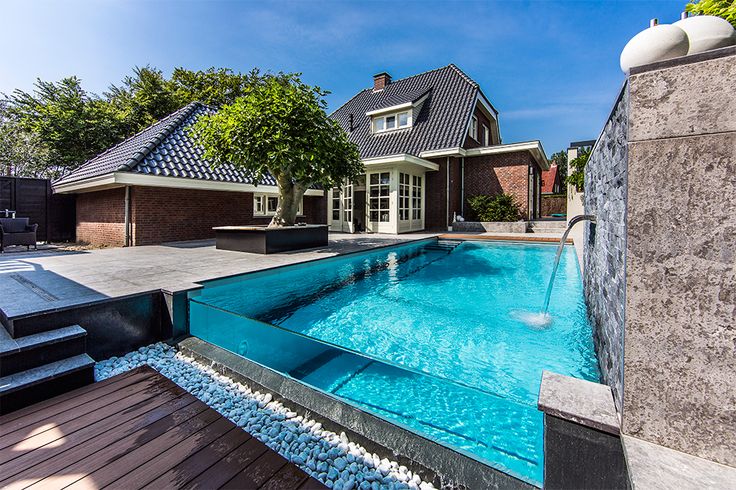Installation Challenges of Acrylic Pool Panels
Acrylic pool panels offer stunning visual effects and modern design possibilities, but their installation presents a range of unique challenges that require specialized expertise and meticulous planning.
1. Precision in Design and Engineering
Acrylic panels must be custom-fabricated to exact dimensions, demanding precise pre-installation measurements and thorough site assessments. The surrounding pool structure must be engineered to handle the significant water pressure exerted on the panels, often requiring more steel reinforcement and higher-strength concrete than standard pool construction. Incorrect calculations or poor planning can lead to structural failures or leaks.
2. Handling Expansion and Contraction
Acrylic expands and contracts more than concrete, especially with temperature fluctuations. This movement can stress joints and seals, potentially causing leaks or even panel damage. Flexible grouts and waterproofing agents are essential, and installers must account for these movements in both the design and installation phases. Larger panels are particularly susceptible, so designers often limit their size or use mullions (vertical separators) to allow for independent movement.
3. Waterproofing and Sealing
Ensuring a watertight seal between the acrylic panel and the pool shell is critical. Any imperfection in sealing or waterproofing can result in leaks, which are difficult and costly to repair once the pool is operational. The interface between the acrylic and concrete must be carefully prepared, often using poured-in-place concrete for a smoother, more reliable bond.
4. Installation Logistics and Handling
Acrylic panels are heavy and bulky, especially for large installations. Hoisting and positioning them-sometimes at significant heights or awkward angles-requires specialized equipment and experienced crews. For example, in high-rise or rooftop pools, panels may need to be lifted by cranes and carefully maneuvered into place, increasing both complexity and risk.
5. Surface Protection and Aesthetics
Acrylic is more prone to scratching than glass, so installers must take great care to protect panels during handling and installation. Any scratches, bubbles, or imperfections will be highly visible once the pool is filled, potentially detracting from the pool’s appearance. Additionally, any flaws in the surrounding pool finish or joinery are magnified by the panel’s clarity.
6. Specialized Labor and Cost
Most pool builders do not install acrylic panels themselves; instead, they rely on specialty installers or manufacturers with the necessary expertise. This specialization increases the cost and logistical complexity of the project. Custom fabrication, transportation, and installation all add to the overall expense, making acrylic panels a premium option.
7. Maintenance Considerations
The clarity of acrylic panels means that any debris, algae, or water quality issues inside the pool are immediately visible. Enhanced filtration and regular cleaning are necessary to maintain the pristine look that acrylic panels provide.
Summary Table: Key Installation Challenges

| Challenge | Description |
| Structural Engineeringl | Requires reinforced concrete and precise calculations for water pressure |
| Expansion/Contraction | Acrylic moves more than concrete; flexible seals needed |
| Waterproofing | Critical to prevent leaks at panel joints |
| Handling and Hoisting | Heavy, bulky panels require specialized equipment and logistics |
| Challenge | Description |
| Surface Protection | Prone to scratches; must be protected during installation |
| Specialized Labor | Requires experienced, often costly, professional installers |
| Maintenance | High visibility of debris or imperfections; requires diligent upkeep |
Proper planning, professional installation, and ongoing maintenance are essential to overcome these challenges and ensure the longevity and beauty of acrylic pool panels.
